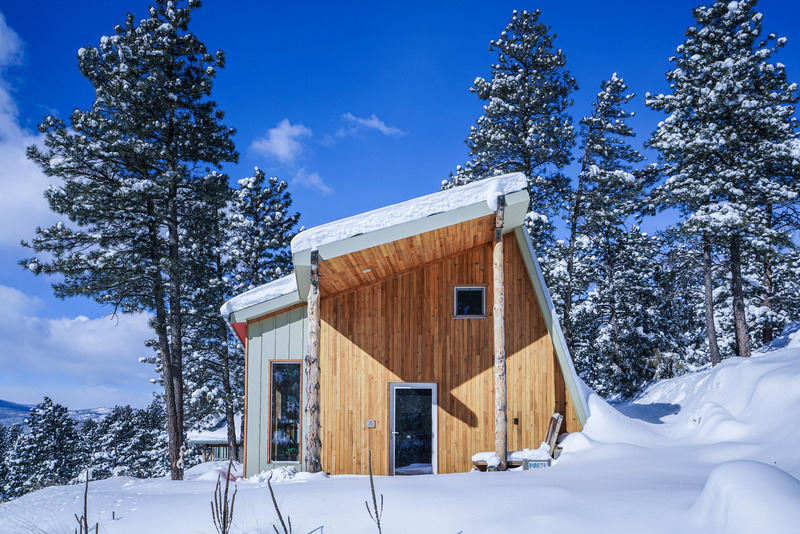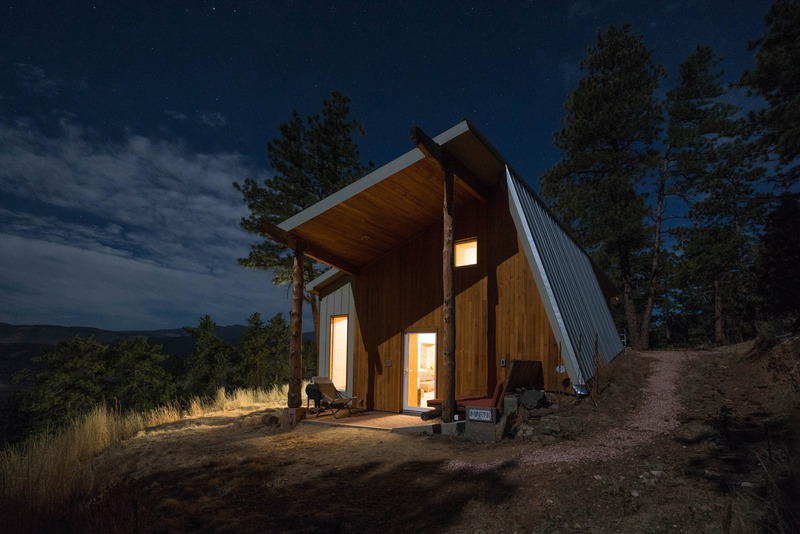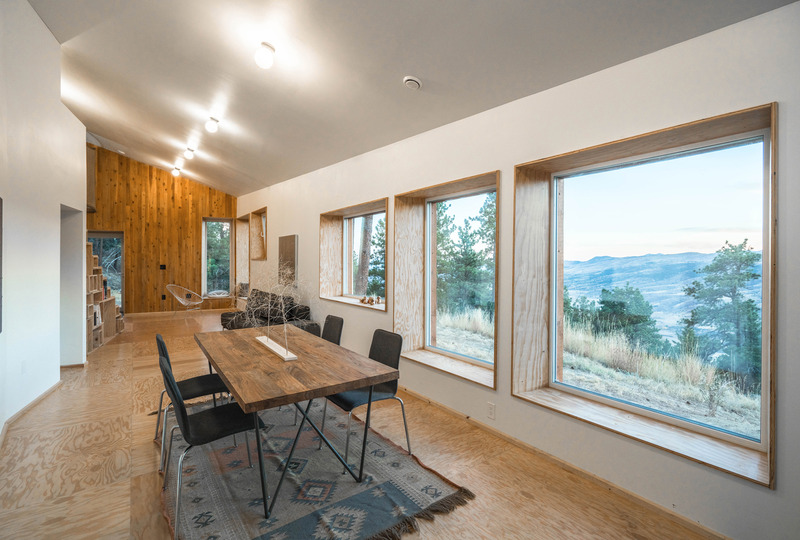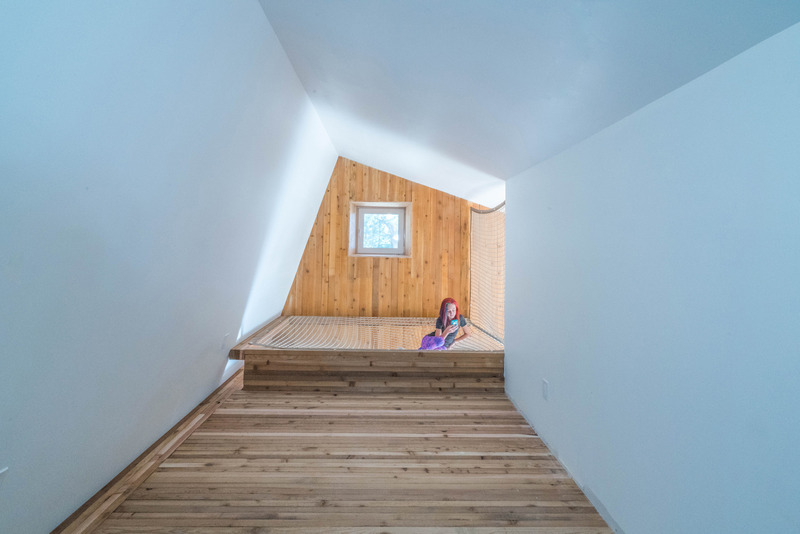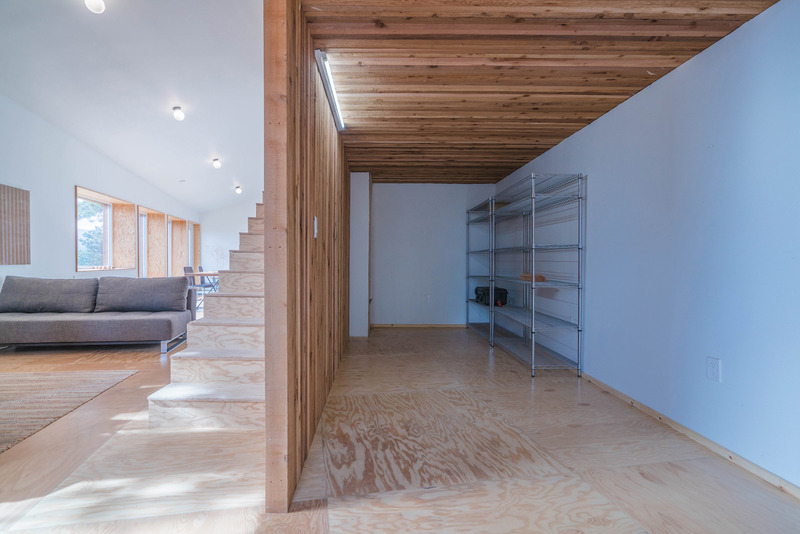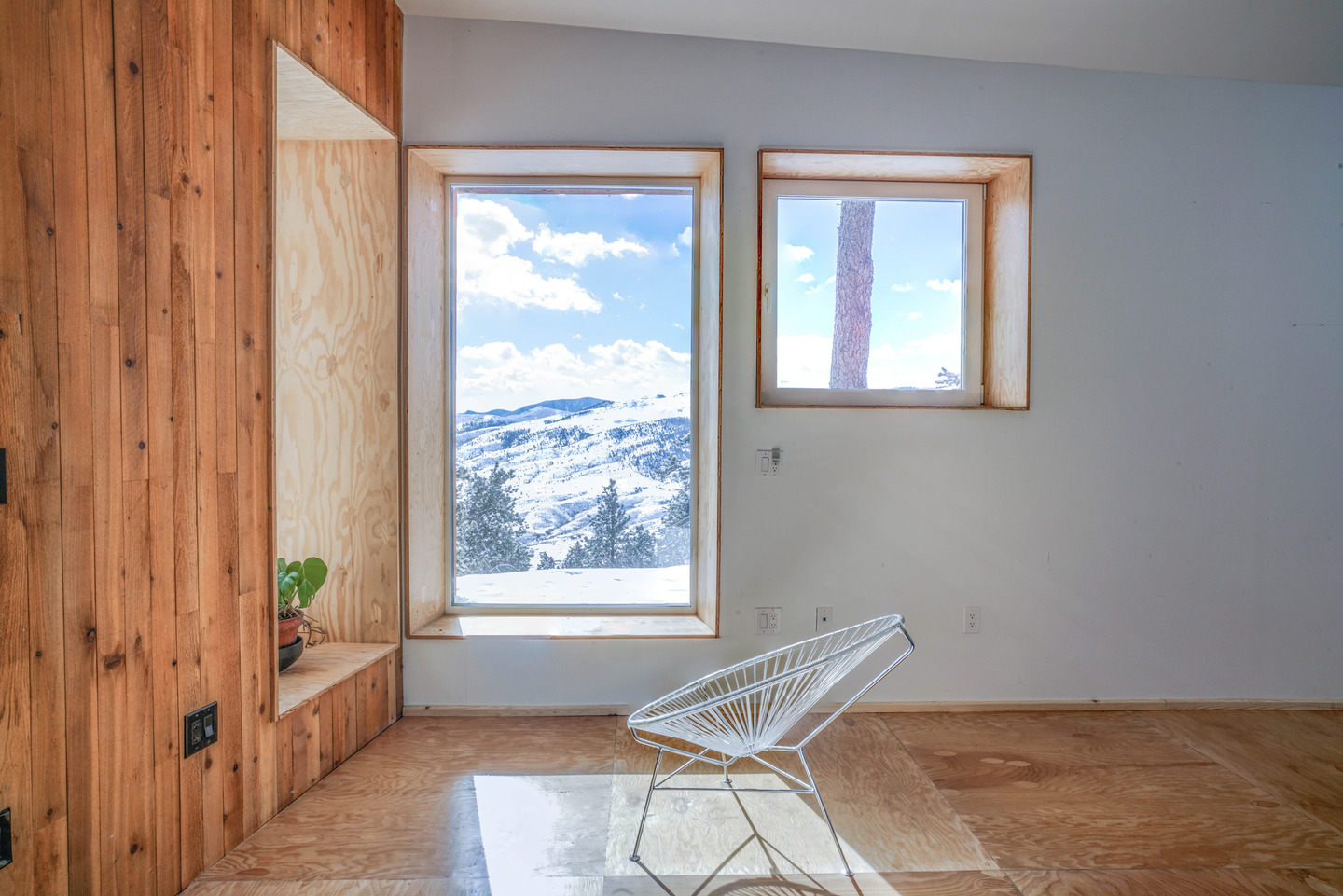The Local newsletter is your free, daily guide to life in Colorado. For locals, by locals.
It’s difficult to catch Andrew Michler off-guard with a question about environmentally efficient buildings. So it was surprising when Michler, who recently built a home lauded as Colorado’s most energy efficient house, was unable to answer a seemingly simple question about the effect more efficient amenities might have on a resident’s wallet on a month-to-month basis.
“If you’re asking about a gas bill, I don’t know,” he says. “I don’t pay for gas.”

Michler’s home is designed to heat itself naturally. It primarily uses the sun and its occupants to provide warmth, and because of this he uses heat and air conditioning sparingly at his 1250 square-foot mountain abode. Earlier this winter, when outside temperatures reached minus 10 degrees Fahrenheit, Michler didn’t bother turning on the heat until his home fell to 62 degrees. It kind of raises the stakes on your dad’s “Don’t touch the thermostat” obsession.
The design Michler used is one most Americans probably aren’t familiar with. It’s called Passive House, which originated in Germany, and while it’s caught on in Europe, it’s still much less common here than LEED-certified or Energy Star buildings. Michler says the difference between those concepts and Passive House is fundamental. With LEED and Energy Star the idea is to rely on technology, such as energy-efficient equipment or solar electric panels, in order to make a basic building perform better. Passive House takes it a step further, and looks to greatly reduce the need for common equipment such as heating or air conditioning.
Michler moved to Colorado from California 22 years ago with a desire to live independently in the mountains. The Centennial State turned out to be a great place to test this Passive House concept. The frigid winters in the Colorado Rockies make a reliable heating system necessary, so Michler decided to use something Colorado has plenty of: sunshine. By designing his house to keep the heat it receives from the sun from escaping, Michler’s home stays between 67 and 77 degrees for most of the year and only needs a heating source in the winter.
“That’s what Passive House is about,” Michler says. “Rather than relying on technologies to create a comfortable living environment you rely more on things such as solar gain, lots of insulation, and even the occupants. Even the devices the occupants use inside become a heating source for the building.”
The unconventional heating methods have allow Michler’s Passive House to be 90 percent more efficient than a standard home. But to focus only on the science is to miss the a key aspect of the home: comfort.
The home’s exterior design is inspired by the Hogback Mountains that dominate the Front Range outside of Denver. The way these mountains slope up on one side and dive steeply down the other side are reflected with the home’s sharp angles. Inside, though, Michler looked to Japanese architecture for inspiration on how to make a small space feel open.
The combination of Japanese and German design commingles to create a cozy home that leaves behind a minimized impact on the planet. And it does so almost entirely on its own.



